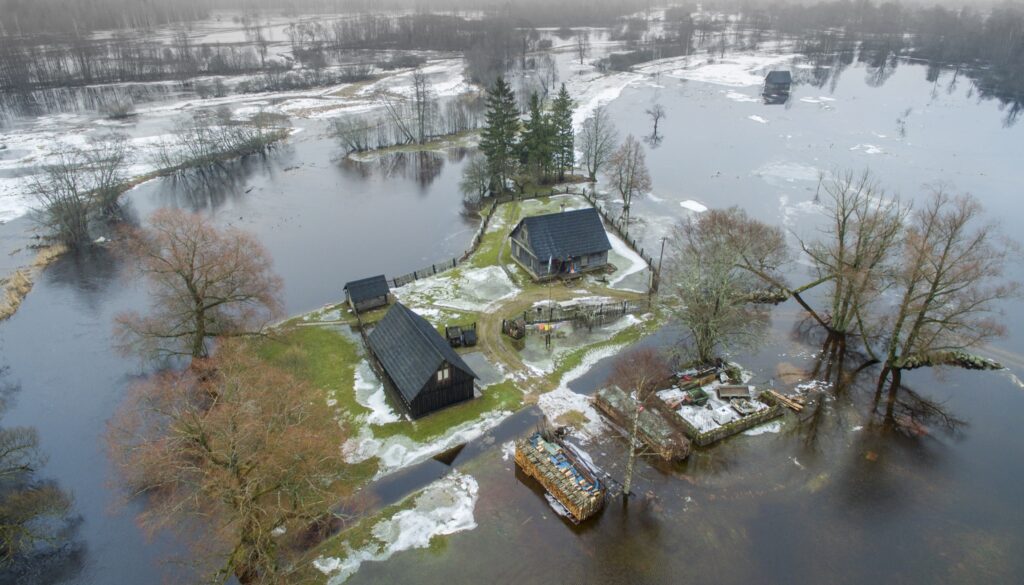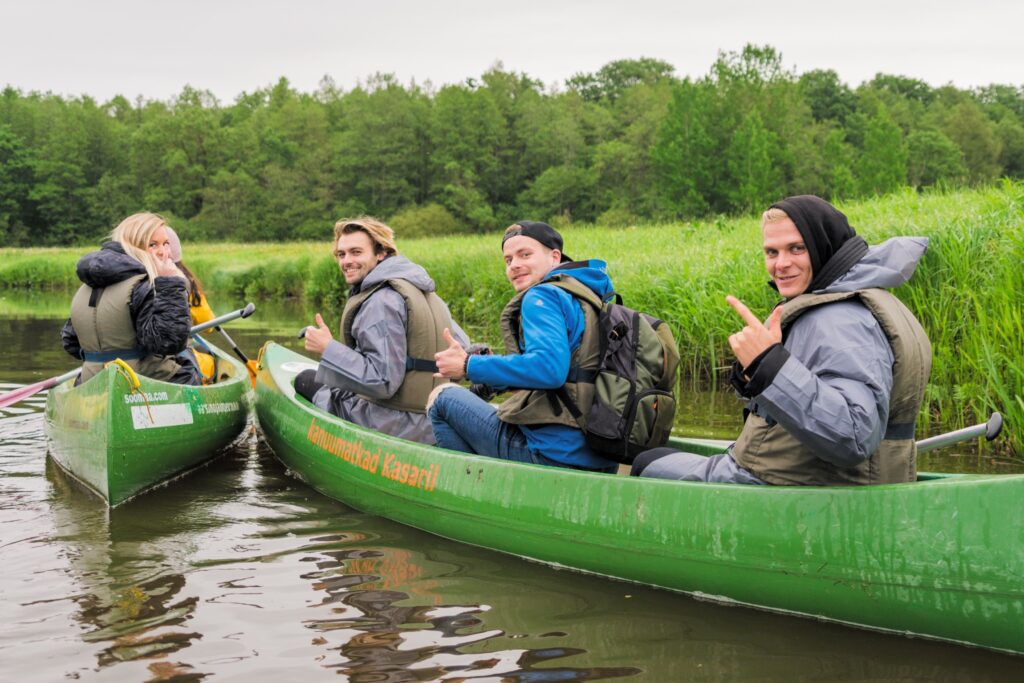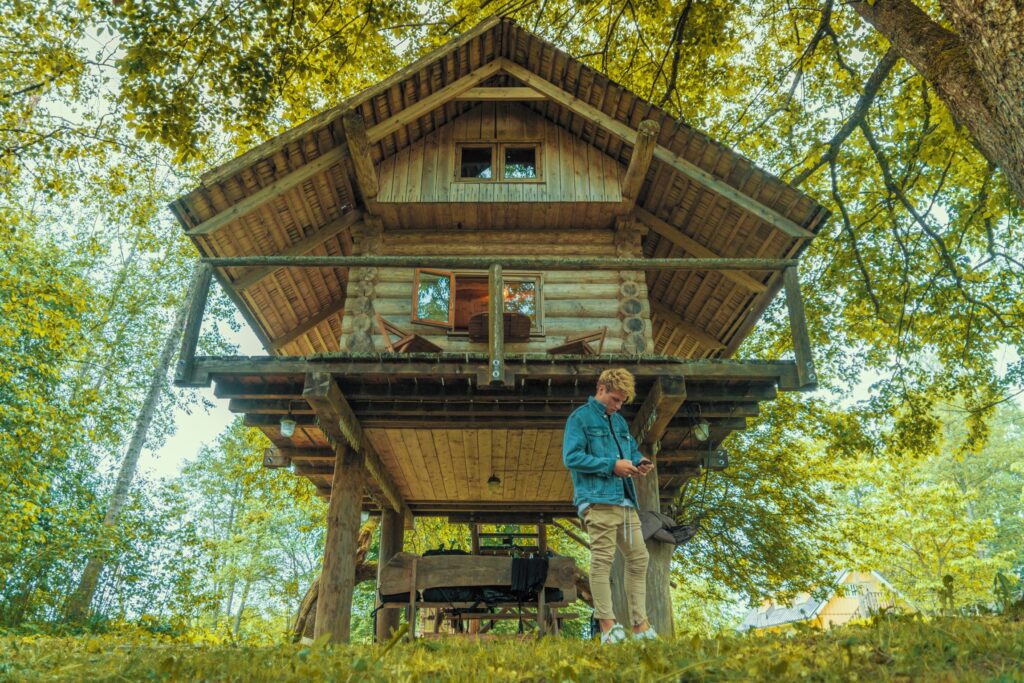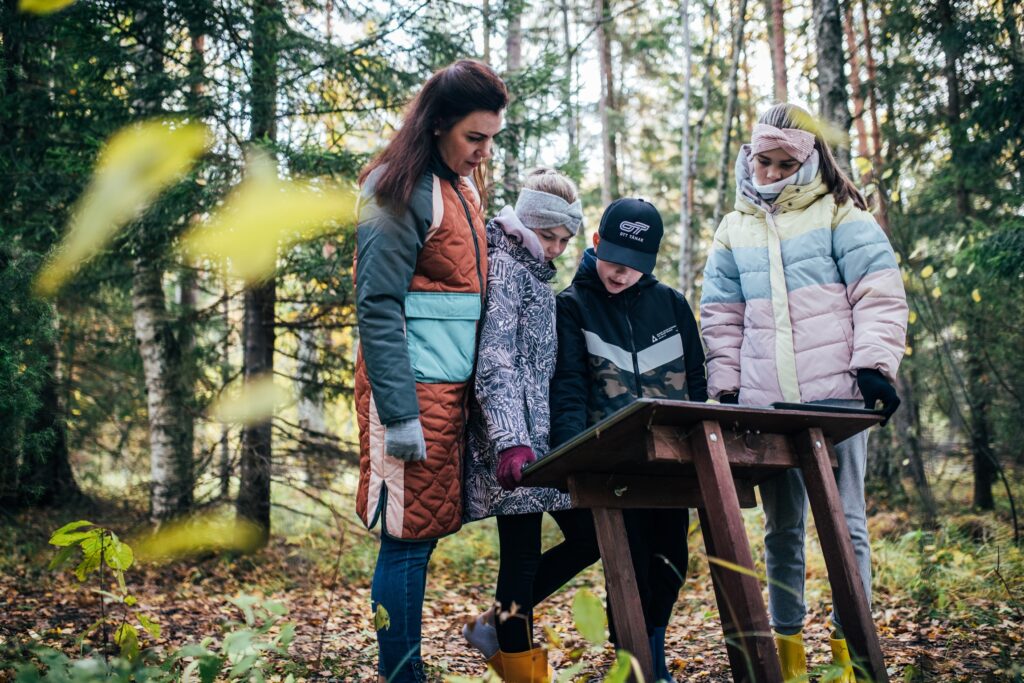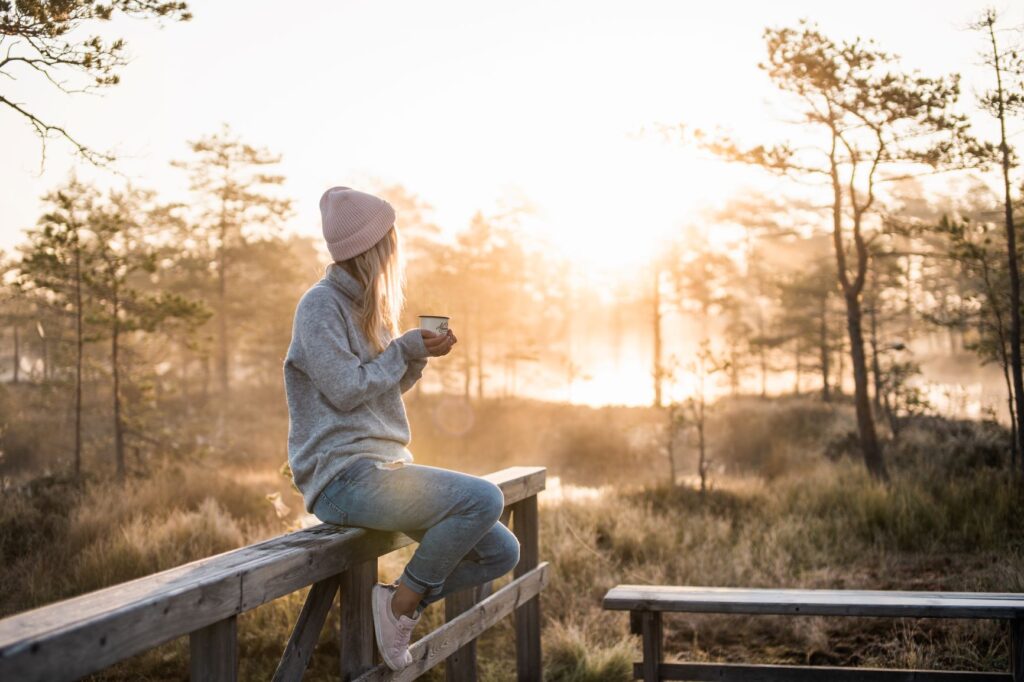Situated on the border of Pärnu and Viljand County, Soomaa is one of the true gems of Estonian nature, with its bogs, swamp forests and rivers in natural beds, practically untouched by human activity.
The Soomaa National Park, established in 1993, is the second largest national park in Estonia, and as much as half of its 39,884 hectares is covered with wetland areas. The floods characteristic of Soomaa can cover up to 17,500 hectares of the total area of the park. The spring high water is also known as the fifth season.
Five seasons
Soomaa is an exciting place to visit every season. It is particularly exciting here, however, during the spring floods, or the fifth season. When the water is high, you can take a canoe and access places you normally wouldn’t. In addition, with the high waters, more animals and birds can be seen around than the usual, as they would otherwise remain unnoticed by the human eye in the deep forest or in the shadows of the trees by the riverside.
In Soomaa, residential buildings have been built differently than elsewhere in Estonia – with the front door facing the river. The spring high water sometimes rises so high that it lifts woodpiles and lighter buildings off the ground. In the old days, people used to prepare for the early spring high water in good time – bread was baked, woodpiles were attached to the fences, crop bins were lifted up on benches, and floors were covered with crossed boards.
Rivers and their floods have helped shape the development and preservation of various traditions in Soomaa. One of them is the ancient dugout boat made from a single tree. The building and use of expanded dugout tree boats in Soomaa was added to UNESCO’s Intangible Cultural Heritage in Need of Urgent Safeguarding list.
What to do in Soomaa?
Soomaa is a popular destination for nature enthusiasts and hikers. The ancient-looking rivers are popular for canoeing. The study trails and bogs are great for hiking both on foot and in bogshoes. In total, the Soomaa National Park and its vicinity from Kurgja to Viljandi and Pärnu feature over 50 different RMK recreation facilities.
The best known study trails in Soomaa are the Riisa study trail and the Meiekose study trail. The Beaver trail starts just near the Soomaa Visitor Centre. An interactive smart game can be played on the trail, and the boardwalk is partly wheelchair and pram accessible. When visiting Soomaa, we recommend that you also go check out the longest bridge in Pärnu County, in Jõesuu village.
When hiking in the national park with a tour guide, you can discover the powerful nuances of wildlife which you would not necessarily notice on your own. In Soomaa, there are several service providers who organise hikes to explore the nature either on your own or with a guide.
Bog hike, bogshoe hike, bird watching, nature observation and canoeing are the options for exploring Soomaa and getting deeper into the semi-wild nature of the national park.
In addition, the Soomaa region has many cultural history gems: the Suure-Kõpu Manor, Tori Horse Breeding Farm and Kurgja Farm Museum, which are brought together by the diverse and seasonally appropriate nature tourism services provided by regional companies.
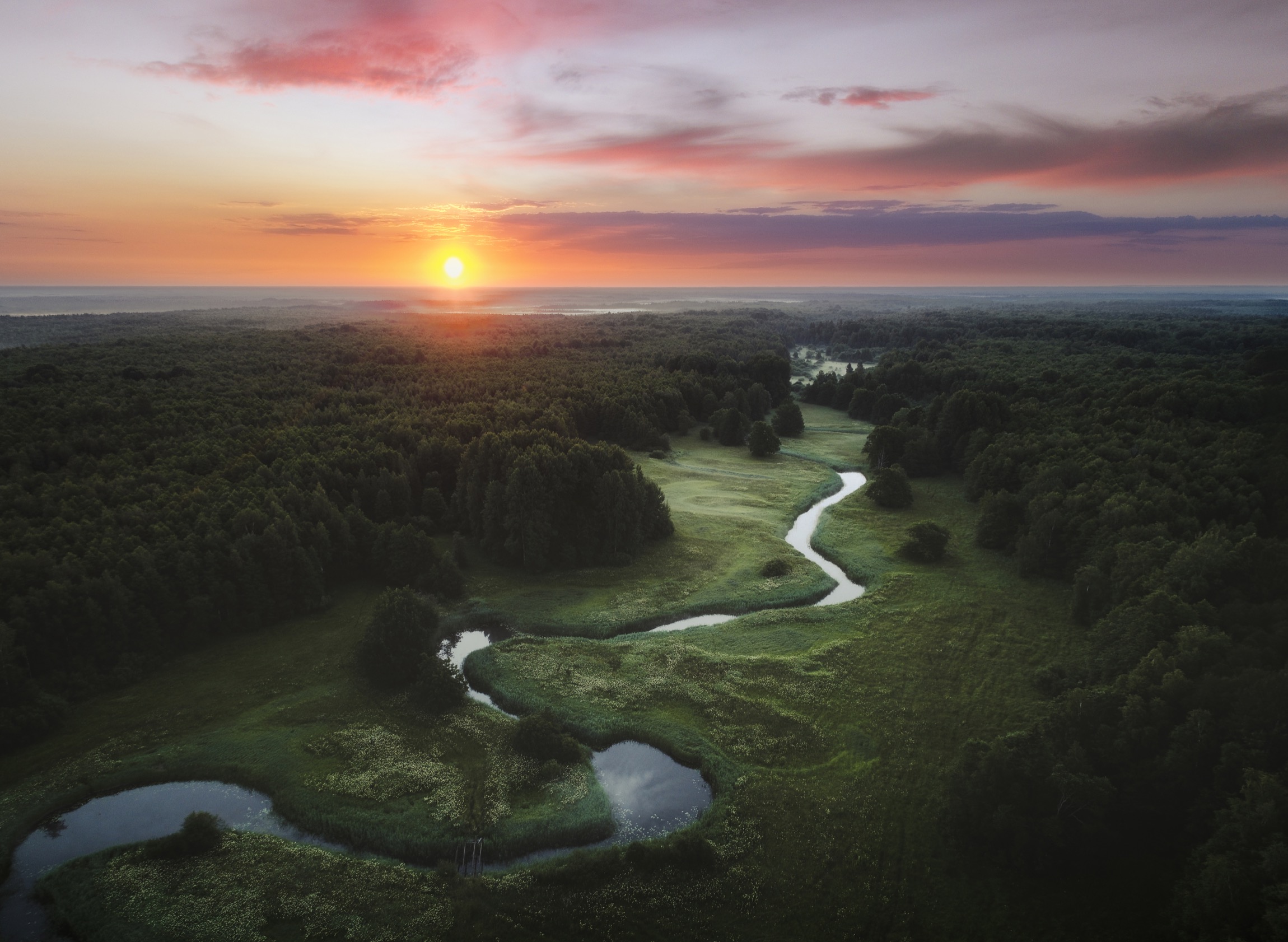
Recommendations for a visit to Soomaa
The central point of Soomaa is the Visitor Centre of Soomaa National Park, where local nature and living conditions are exhibited. The visitor centre is located in Kõrtsi-Tõramaa in the middle of the Soomaa National Park. Among other things, a short film about Soomaa can be watched here, and a specimen of the dugout boat, which has been added to UNESCO’s cultural heritage list, can be admired.
When visiting Soomaa, make sure to respect the peace of the local people, animals and plants. Walk on designated roads and areas only and remember to take everything you brought into the forest out of the forest with you again. Making a campfire is only allowed in designated places. There is no grocery store in Soomaa; the nearest store is in Tori village.
In the fifth season, some roads and hiking trails may be submerged under water. Follow the information on Soomaa.com, on the Soomaa website of the State Forest Management Centre (RMK), or ask about the water levels from the Soomaa Visitor Centre.
Soomaa National Park can also be visited by bus. Buses between Pärnu and Soomaa do run throughout the day, but in the mornings and afternoons only, so definitely plan your trip ahead. To get an even better experience, we recommend staying in Soomaa overnight.
Key facts:
- Since 1989, Soomaa National Park has been an international Important Bird Area (IBA).
- Since 1997, Soomaa National Park has been included in List of Wetlands of International Importance, or the Ramsar List.
- Since 2004, Soomaa has been part of the Natura network of nature protection areas as a habitat and bird site.
Soomaa objects
Filter
Apply filtersFilterType
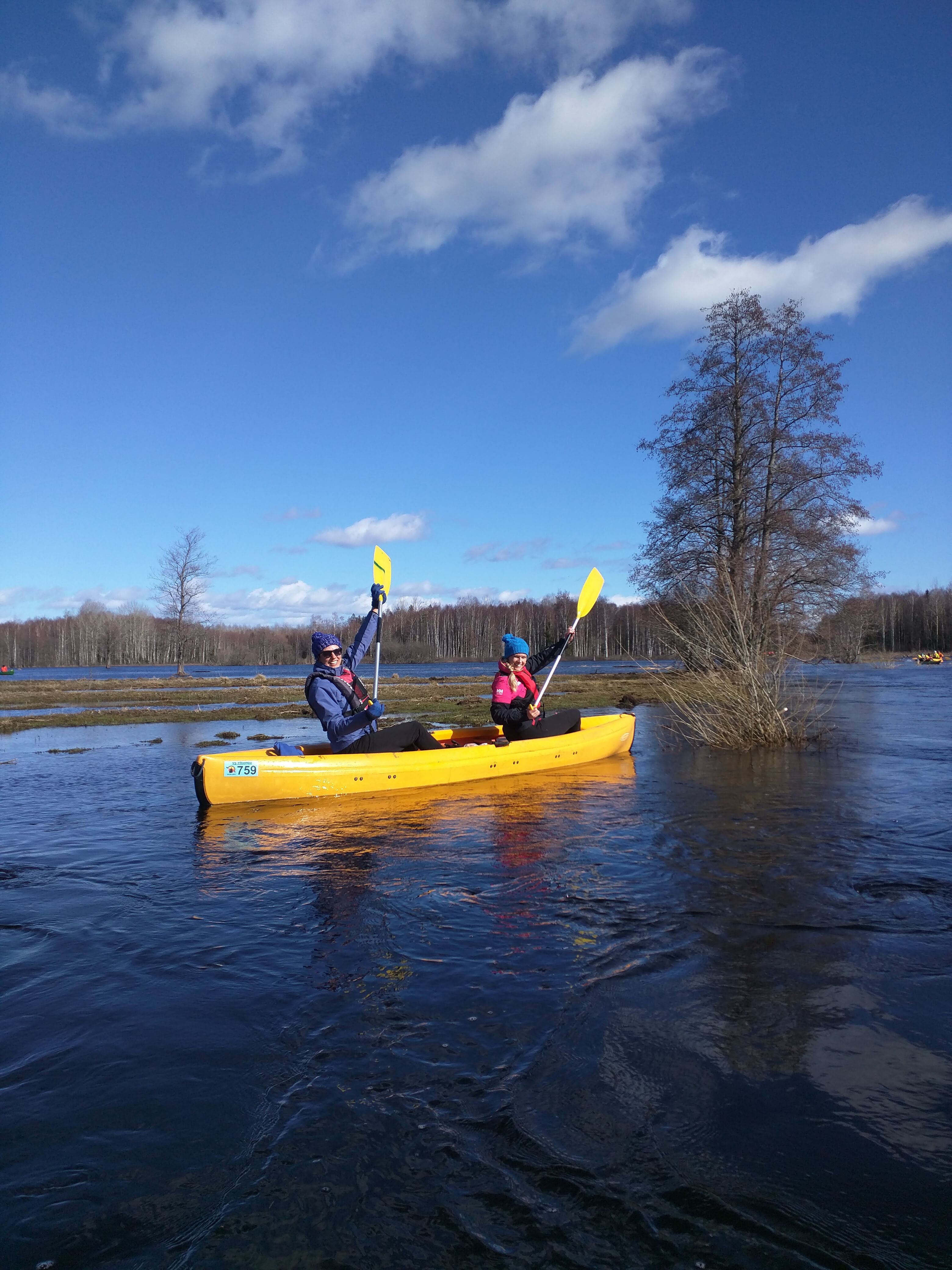
Seikle Vabaks fifth season kayaking trip in Soomaa National Park
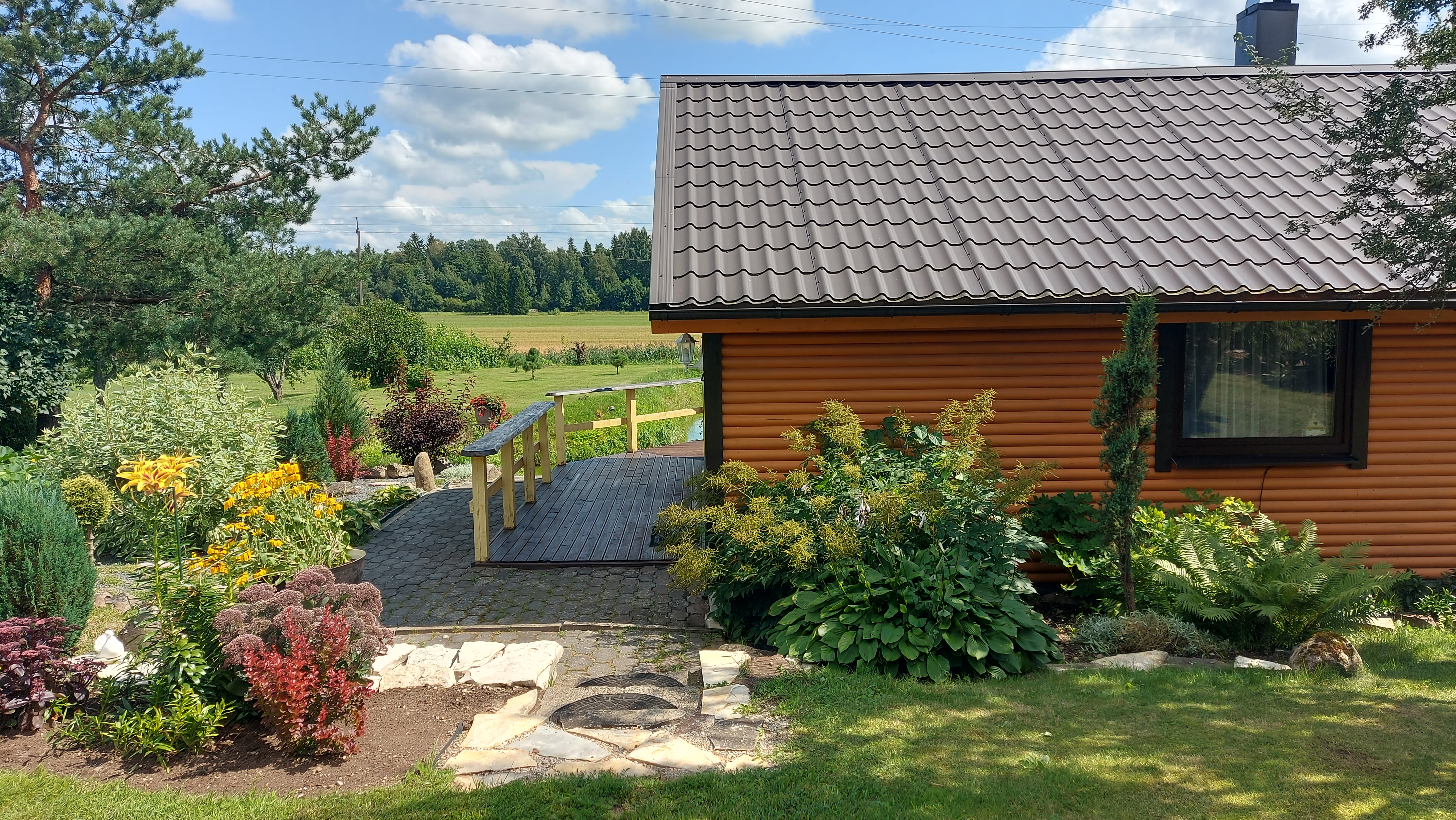
Tuka Farm accommodation

Villa River Rose guesthouse
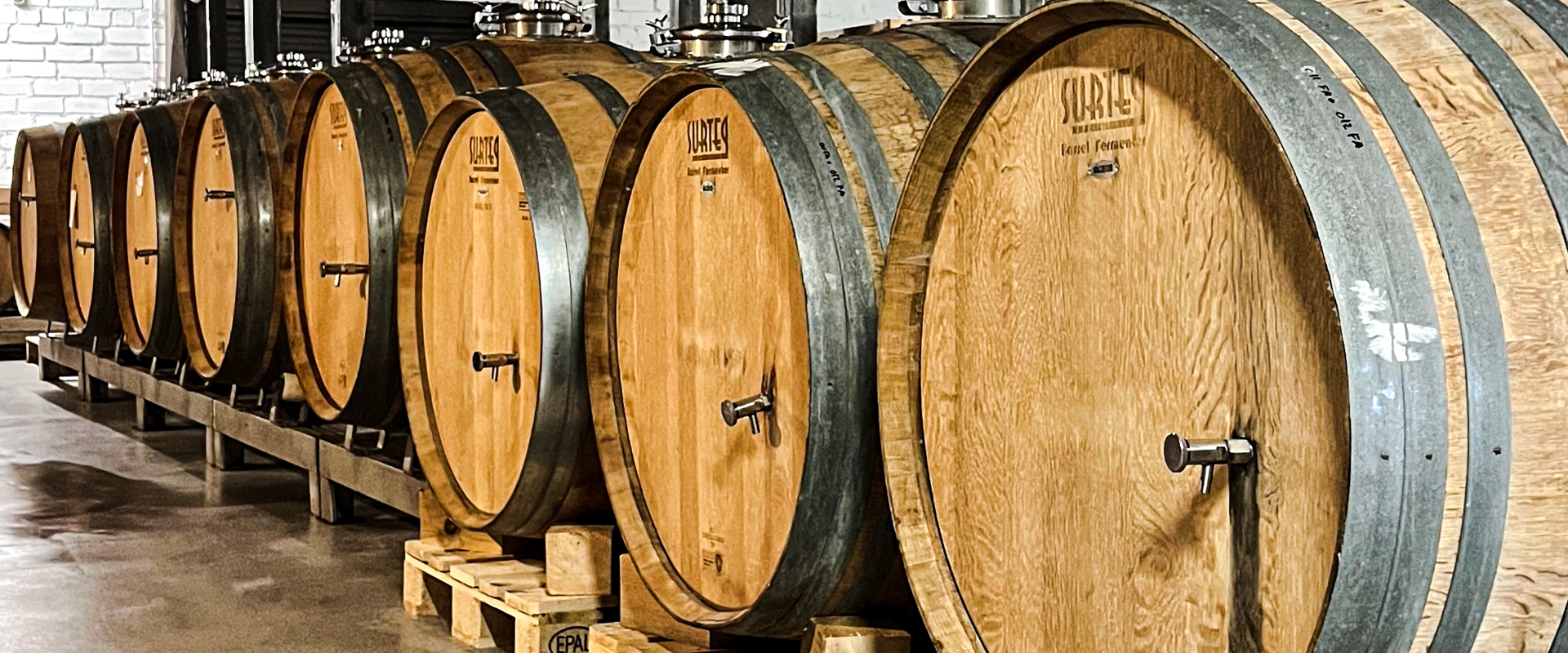
Cider tour in Tori Cider and Wine Farm at the edge of Soomaa
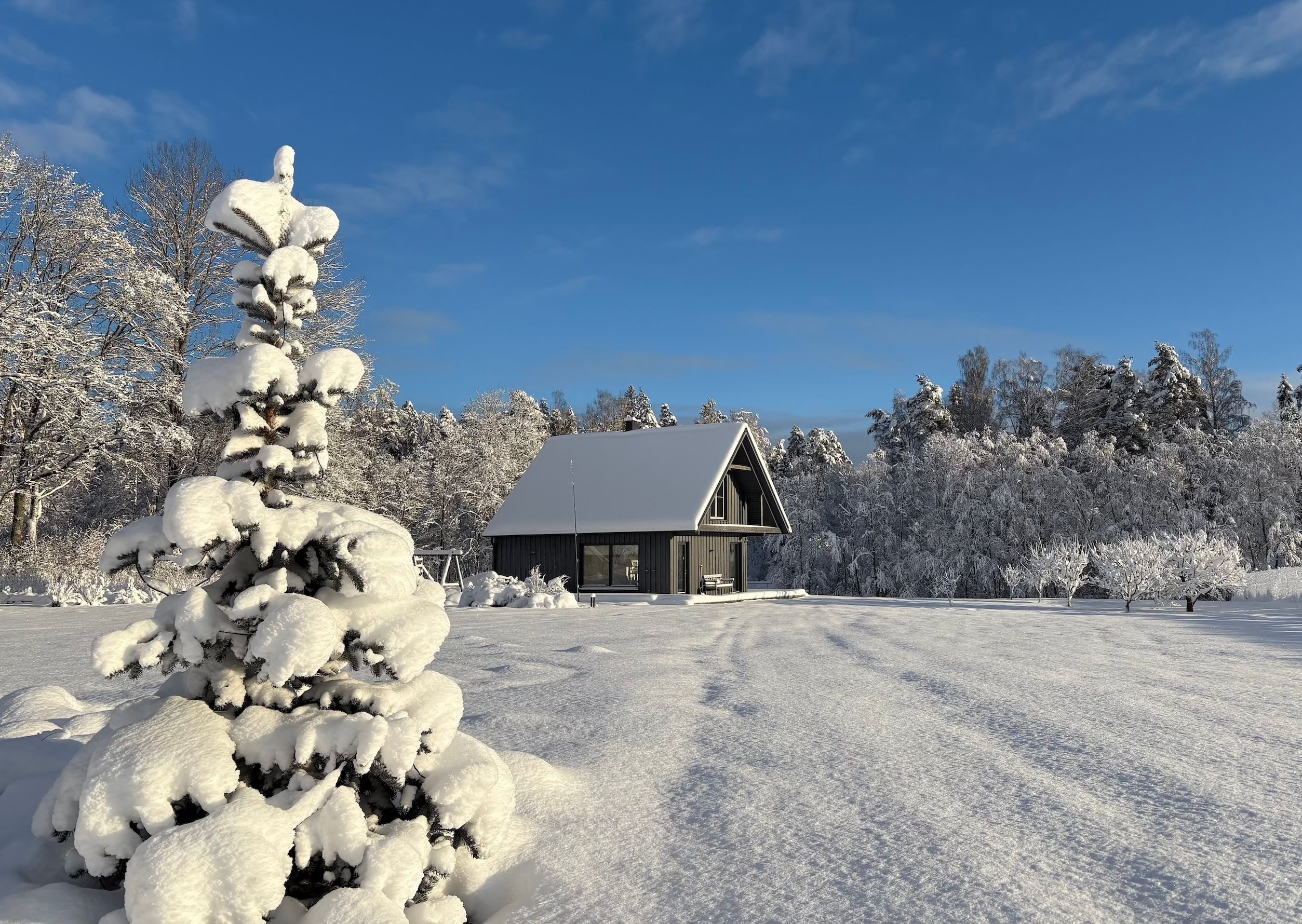
Piesta Kuusikaru sauna cottage

Soomaa.com Night Canoe Trip in Soomaa
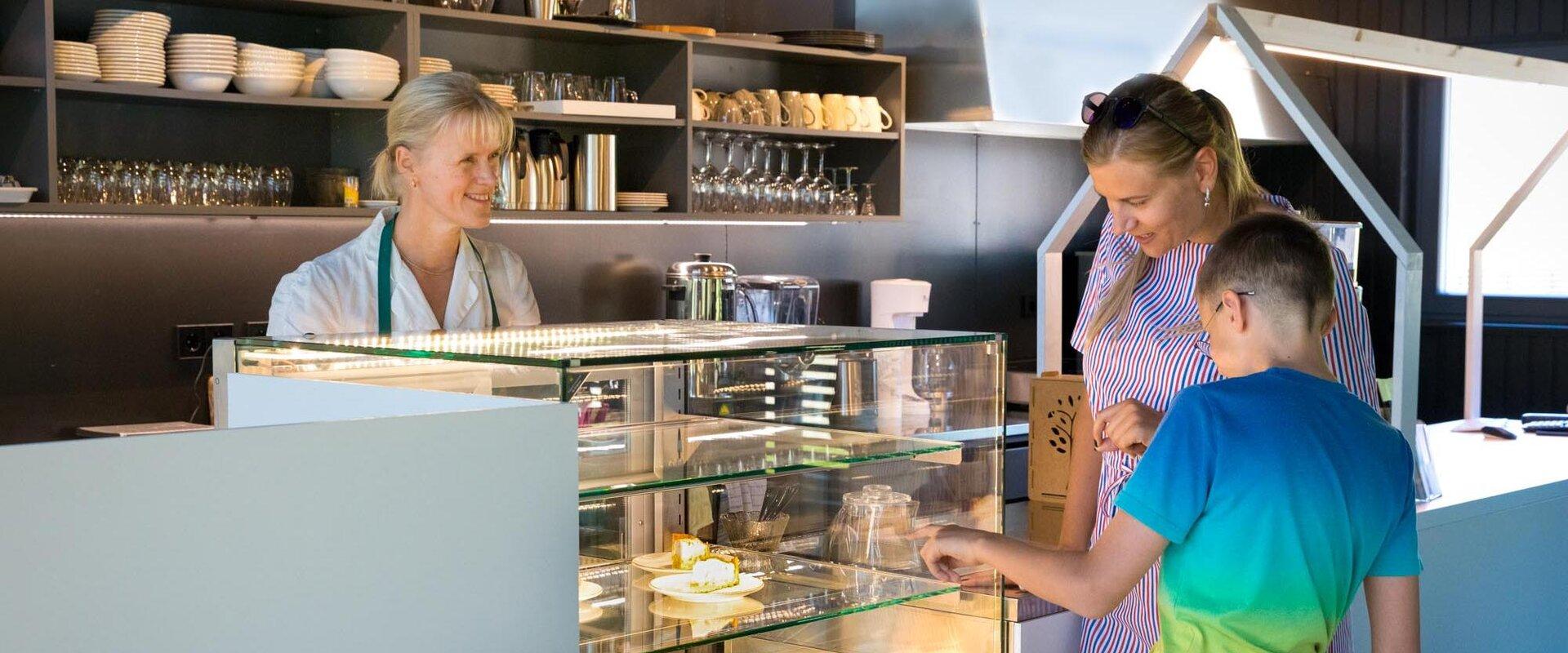
Piesta Kuusikaru farm cafe
Visit to Piesta Kuusikaru applefarm
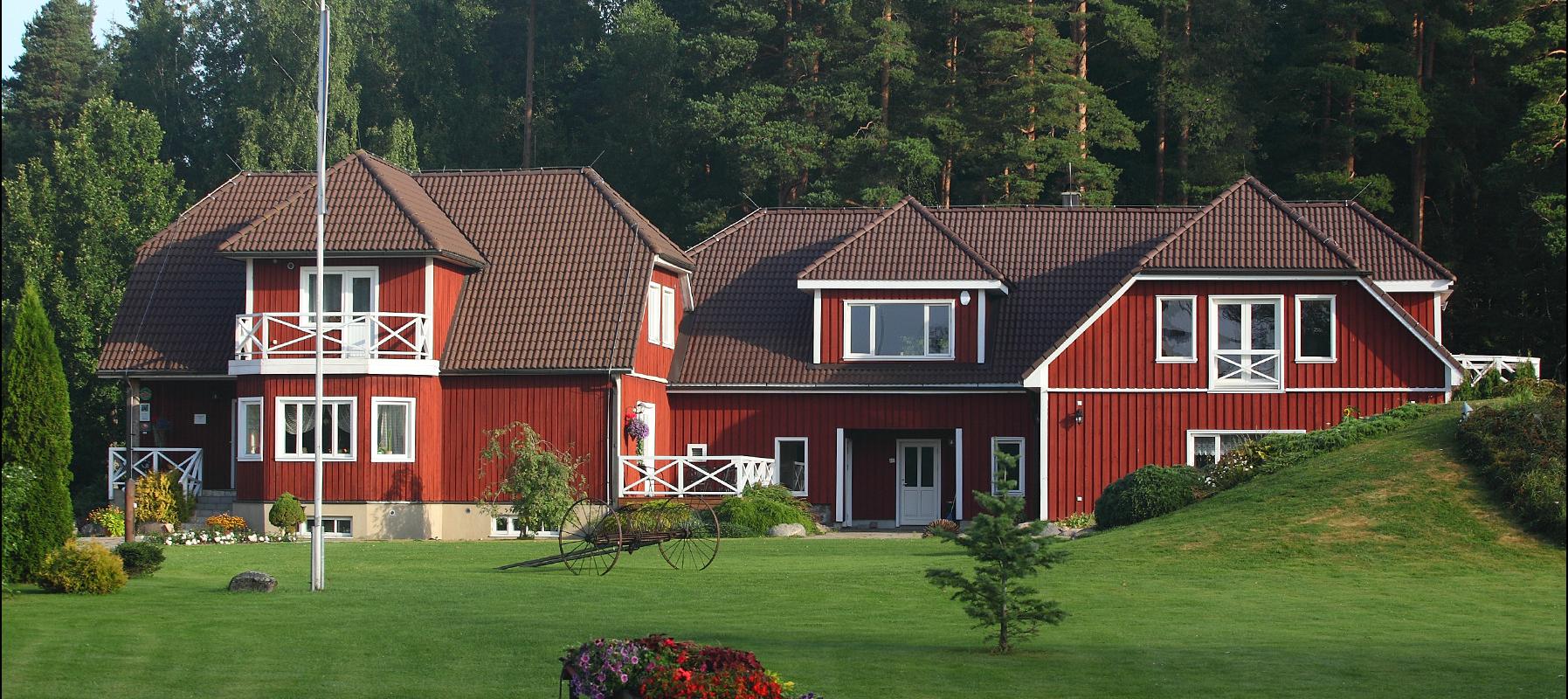
Klaara-Manni Holiday Centre
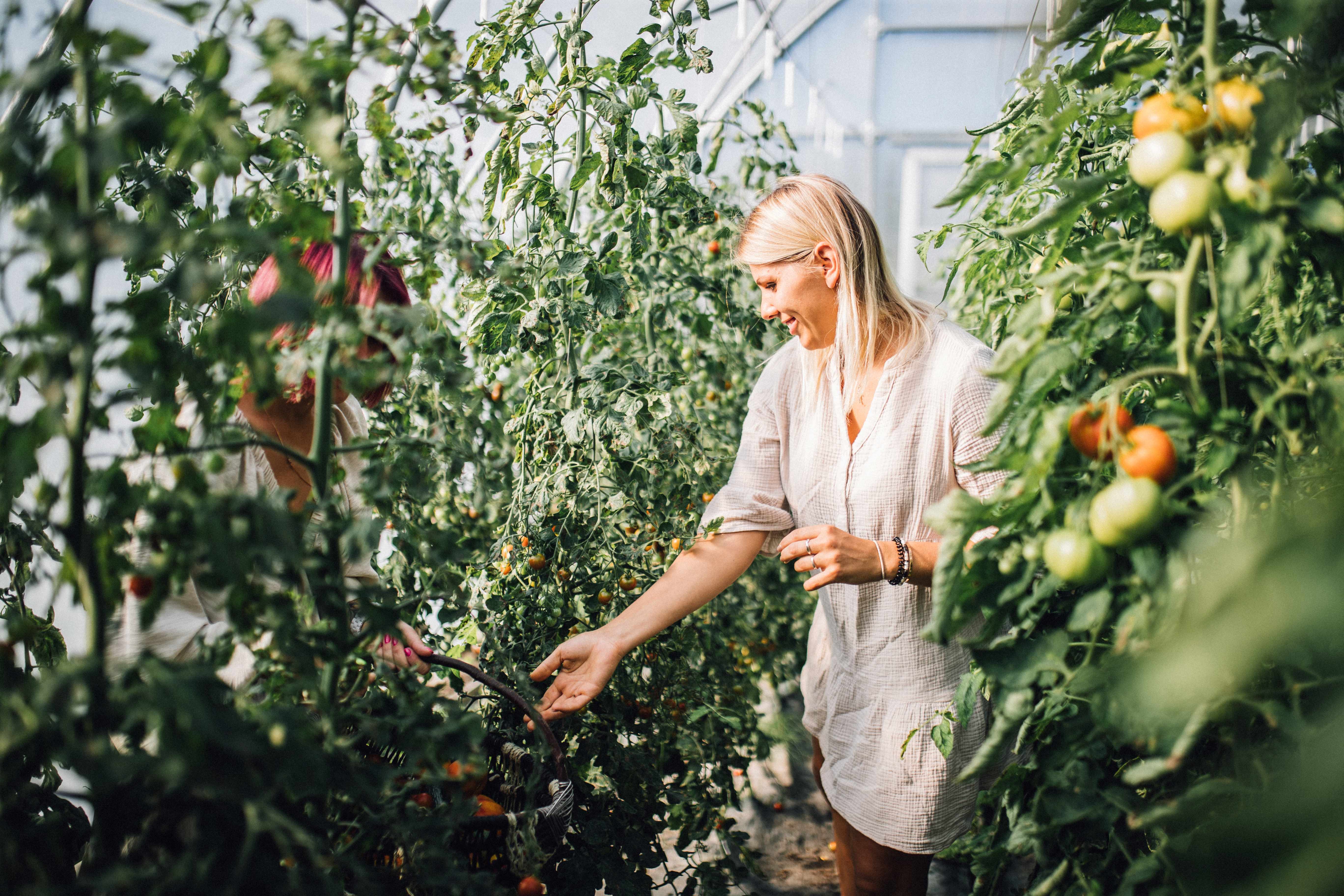
Klaara-Manni Honest Horticulture workshop
Kanuu.ee kanuumatk Soomaal koos jalutuskäiguga rabas õpilastele
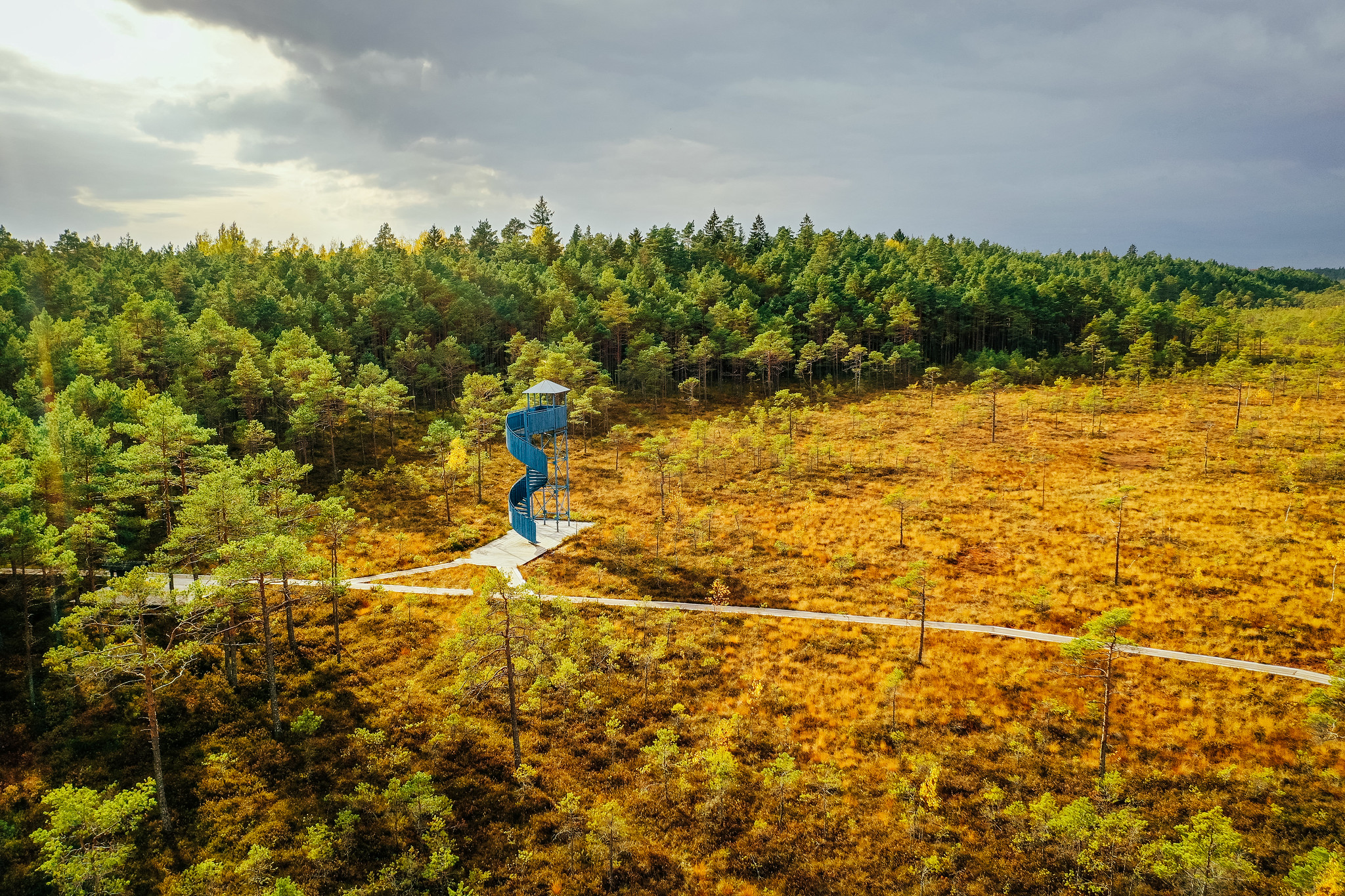
Come and explore Soomaa National Park! One day hiking tour with bogshoes and a canoe!

